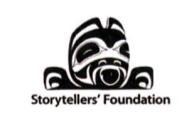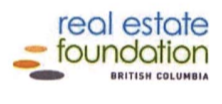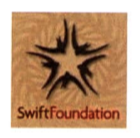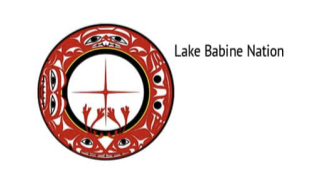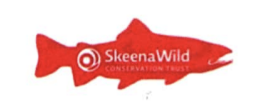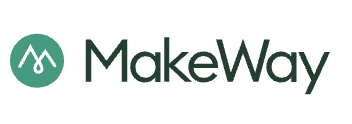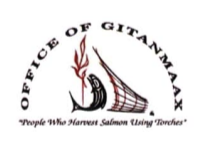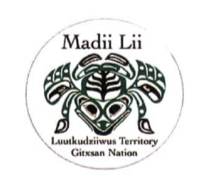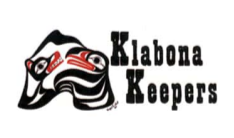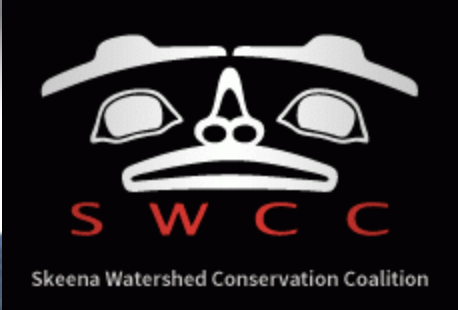We Are The River
Kick-ass conservation
For a Wild Skeena
learn more about PRGT
support swcc directly
support our
charitable work
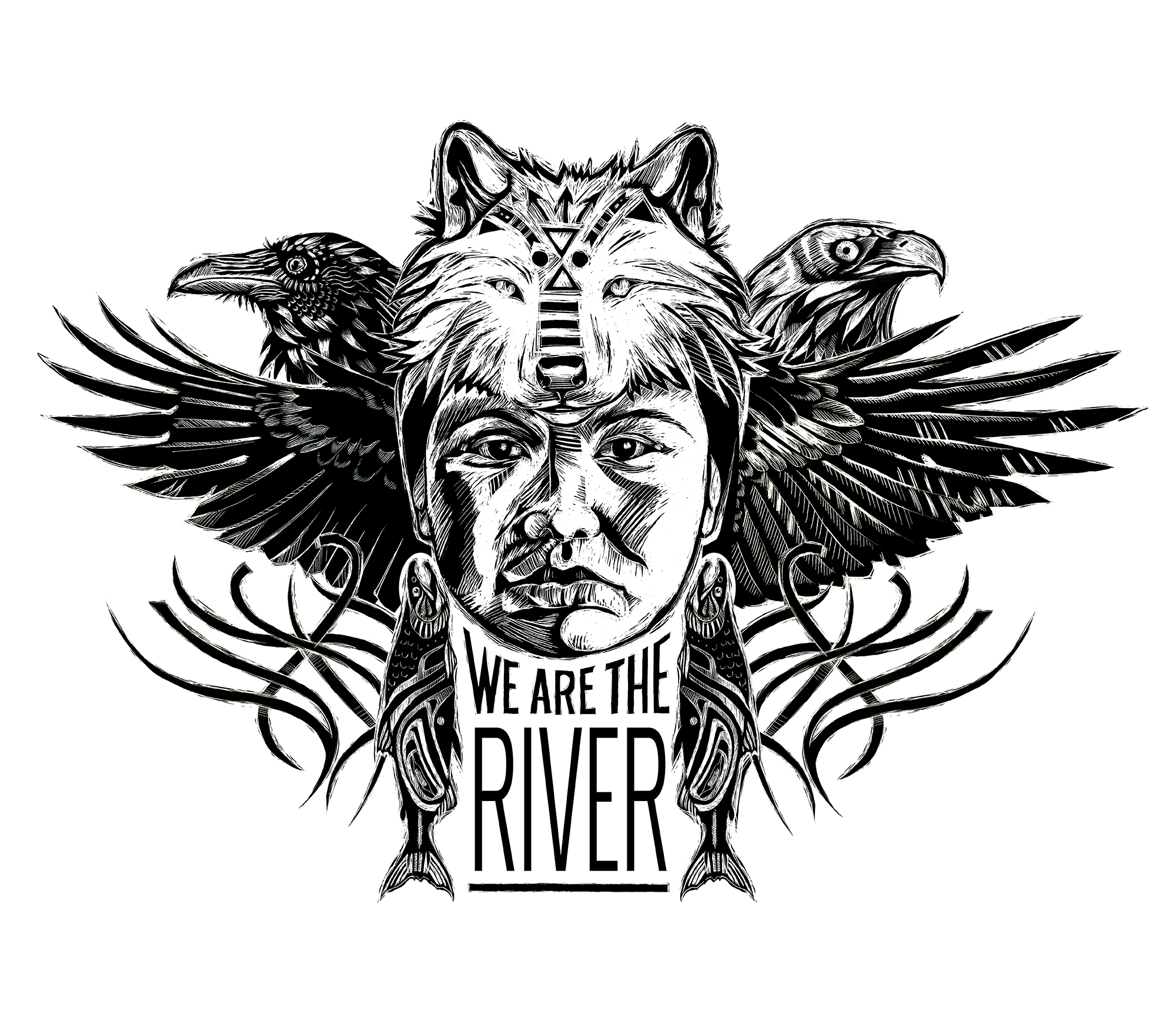
Skeena Watershed Conservation Coalition (SWCC)
Our mission statement: “To cultivate a sustainable future from a sustainable environment rooted in our culture and a thriving wild salmon ecosystem in the Skeena watershed.”
Our Ancestors are the land. We are our ancestors. What we do to the land we do to ourselves. Let us love and protect.
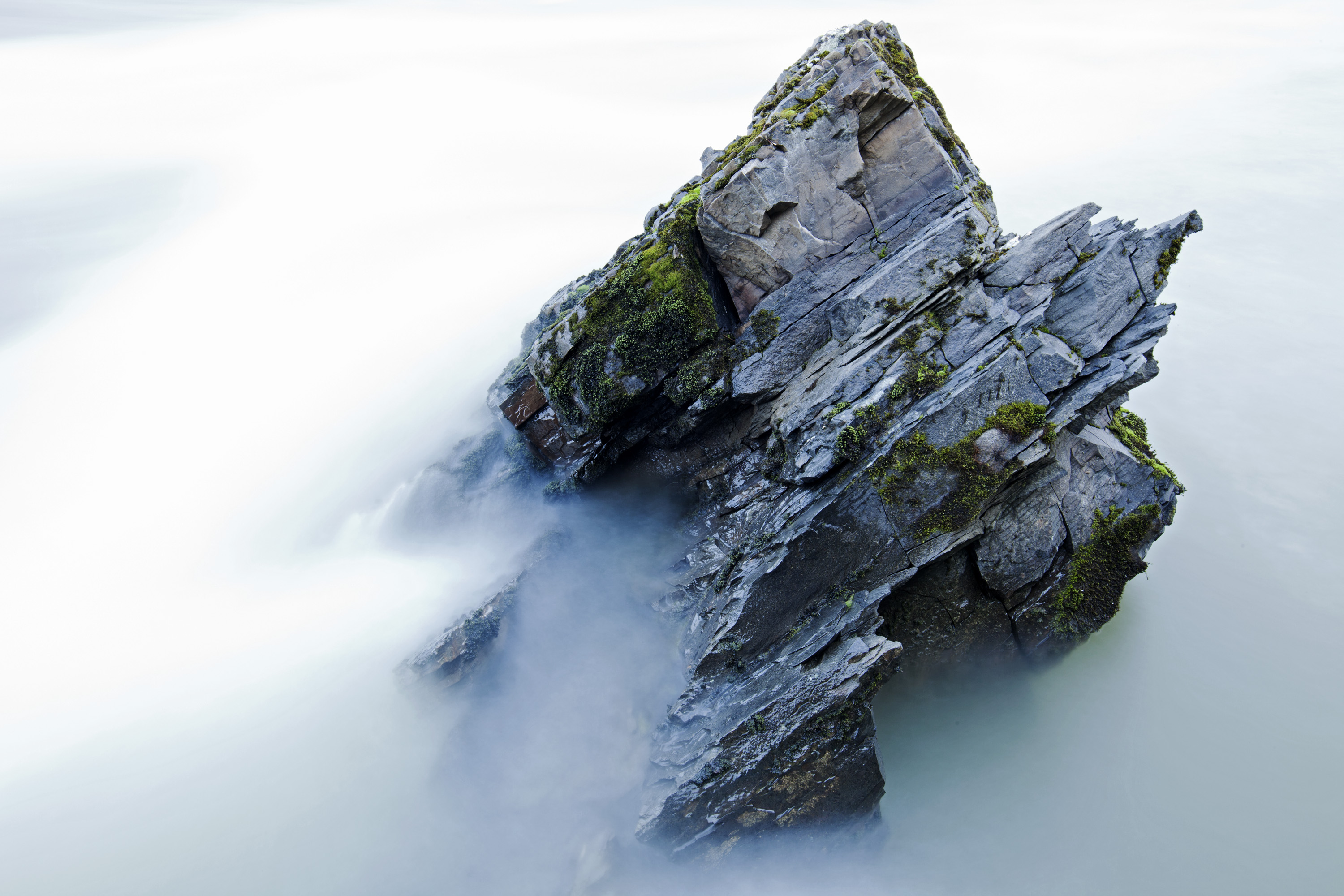
We invest in our communities, our people, our watershed, and our future
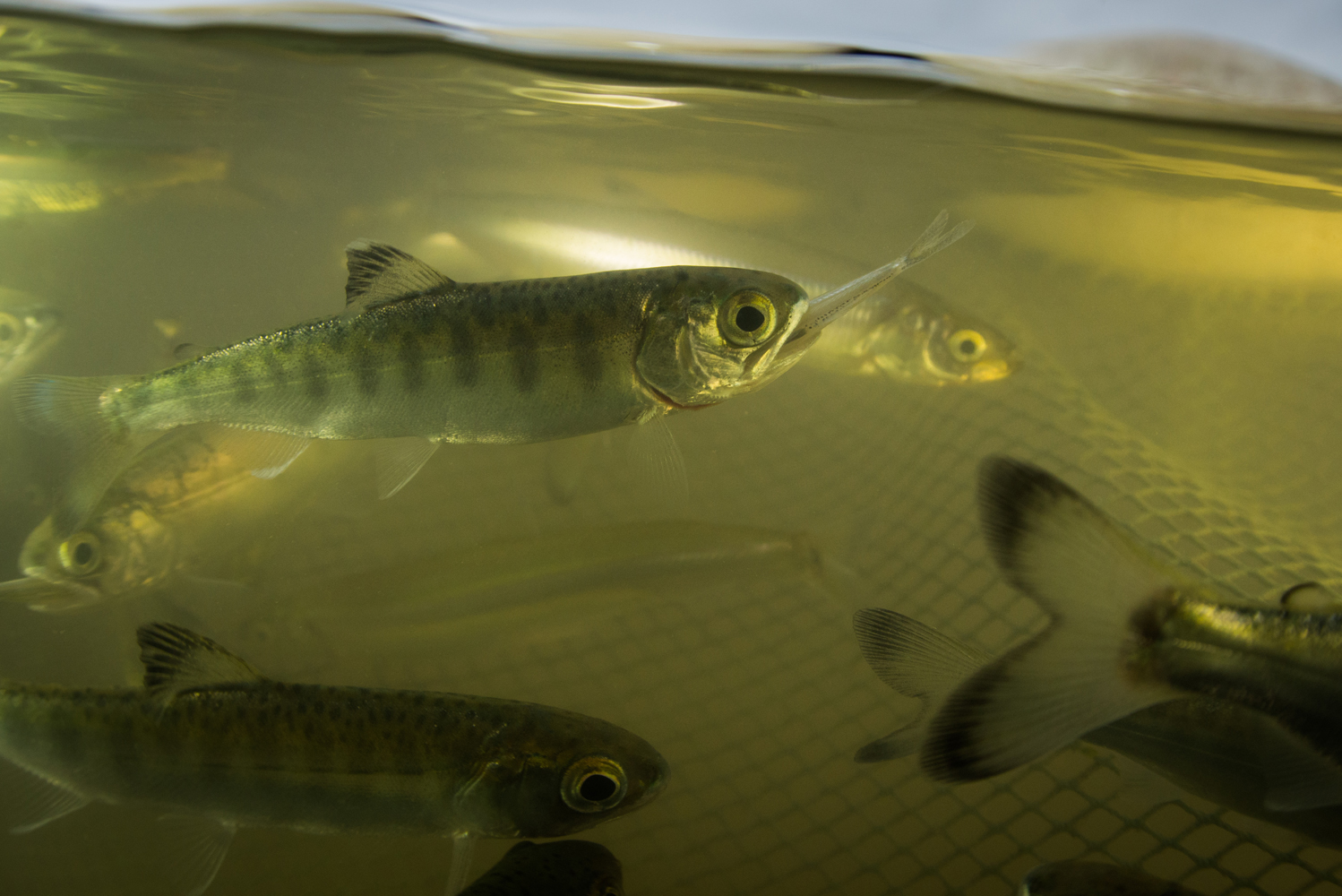
salmon, forests & rivers
As one of Canada’s largest wilderness areas, the upper Skeena contains spawning and rearing habitats and water quality that helps drive the entire ecosystem from the Skeena estuary to the headwaters. We continue to focus on being on the land with projects that support the long-term conservation of natural ecosystems.
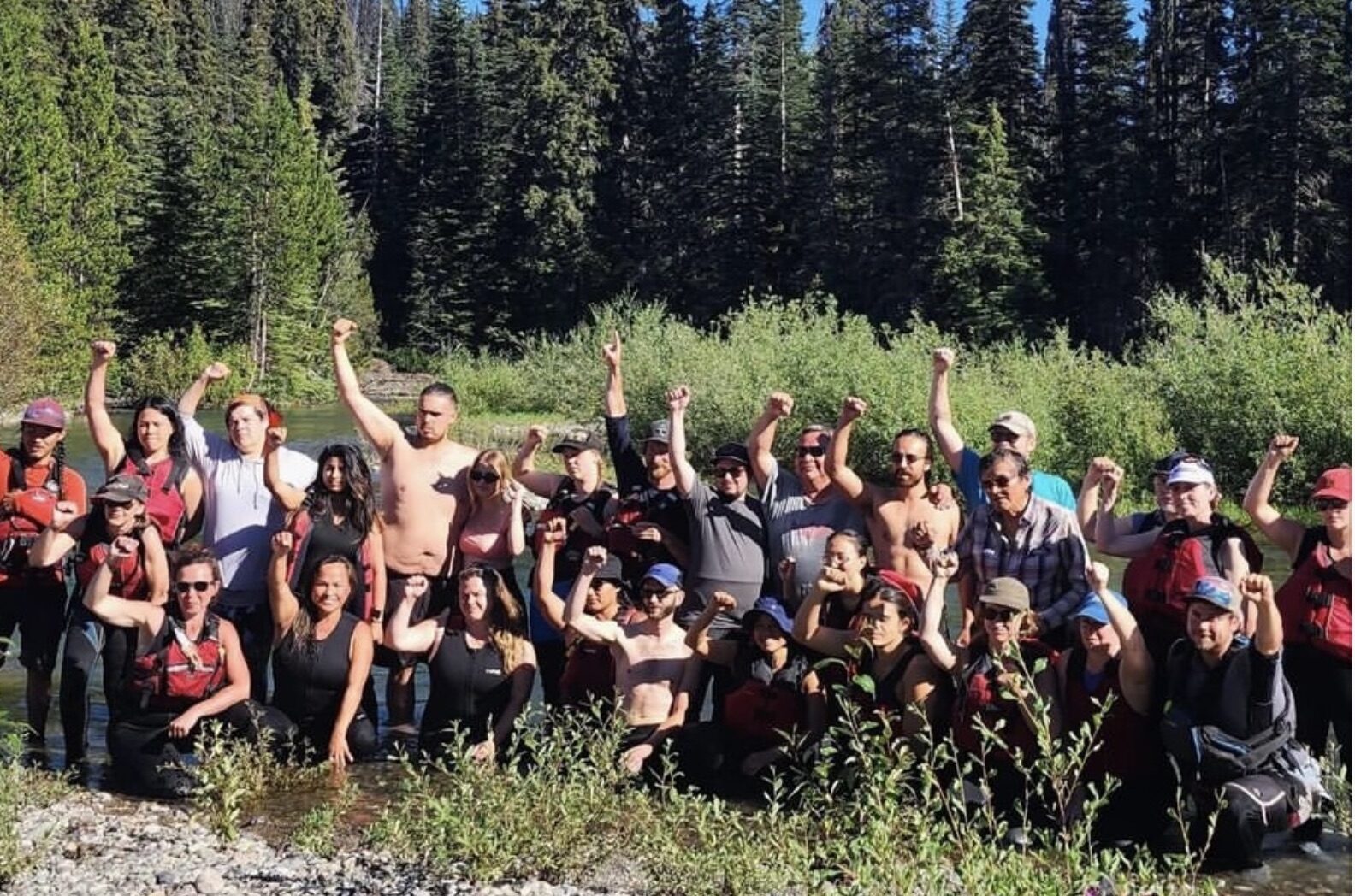
peace & unity
The fight to ensure our actions reduce rather than fuel the climate crisis; the fight to end police brutality; the fight to underscore Indigenous sovereignty—these fights belong to all of us. And, amidst this time of great upheaval, there is hope.
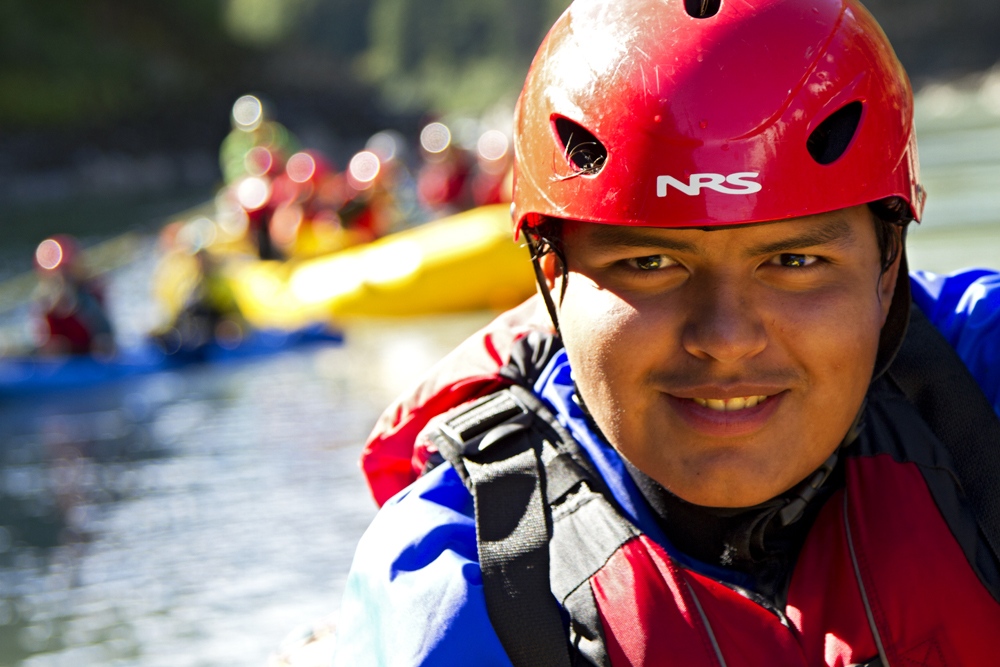
youth on water
At the heart of the SWCC Youth on Water (YOW) program is our recognition of the immense value of the Skeena watershed and the Sacred Headwaters. The YOW program will provide an opportunity for local youth to experience the grandeur of the Skeena River and the Sacred Headwaters through direct, water level engagement.
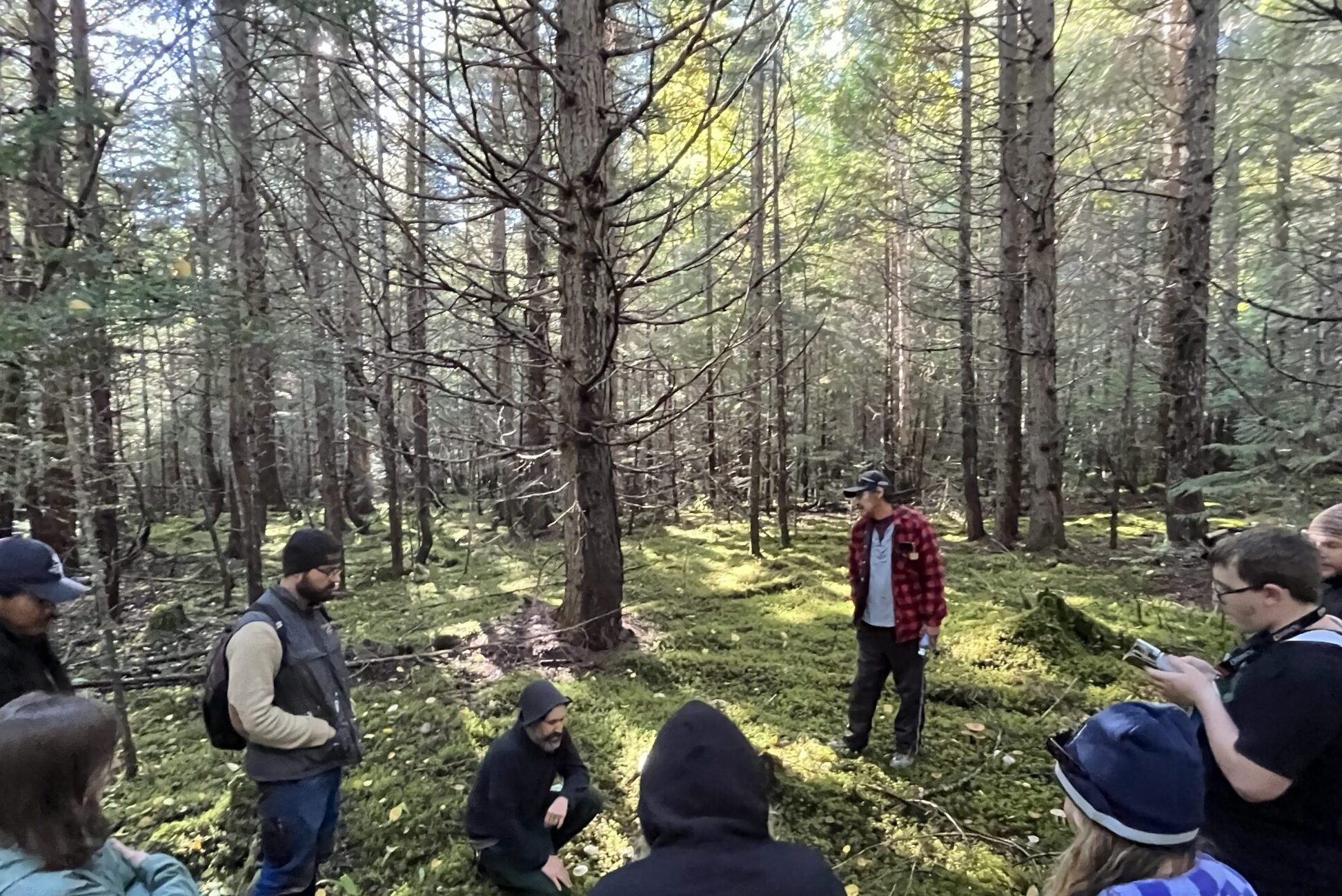
bioremediation
In a time where the impacts of climate change are seen all around us, there is hope and a sustainable solution to deal with environmental issues.
Get connected with Youth On Water
Gwalx Yee’insxw
“We have received a full basket, and it is our responsibility to pass a full basket on…”
The teachings we have received from Hereditary Chiefs centered around the Gitxsan underlying philosophy of Gwalx Yee’insxw. We understand this as a deep and broad philosophy encompassing the traditional inheritance actively handed down from generation to generation through an active relationship between Gitxsan kinship and their lands and resources. Gwalx Yee’insxw has been described to us as the actions which respect future generations’ right to all that we have inherited – the water, mountains, all the life on the land, in the air, our history, our culture, our skills and knowledge to live in this place, our spirituality, the tangible and the intangible passing from one generation to the next, never extinguishing or diminishing in value.
Hot off the press…
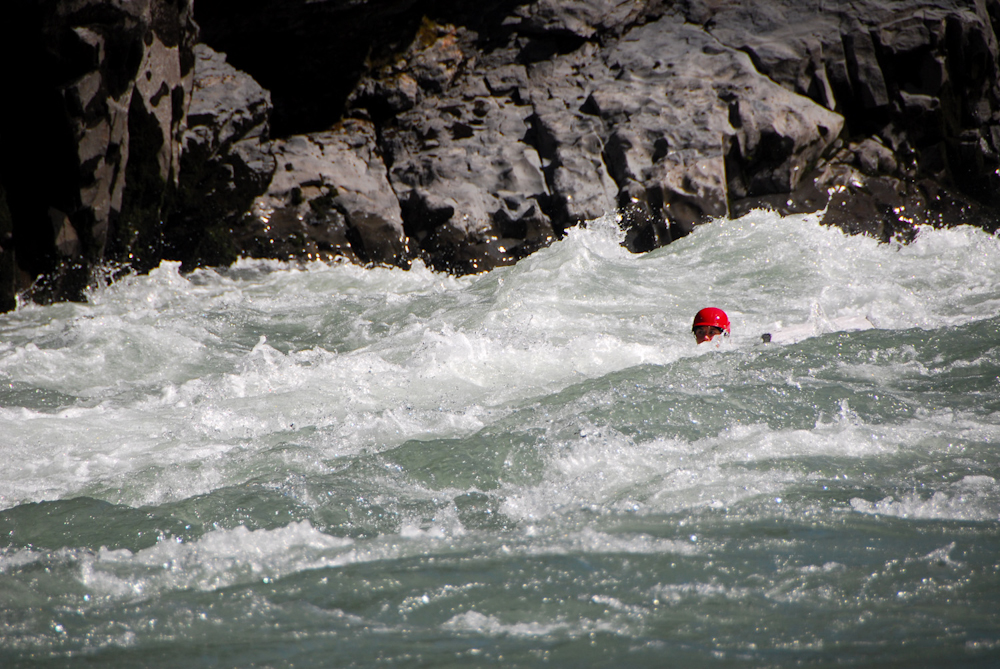
Our Biggest Environmental Issue
Early in 2021, high school students reached out to SWCC as part of a school assignment and asked,
“In your personal opinion what do you find to be our biggest environmental issue?”
Here is the response:
Thanks for messaging me and asking such a great question. I will do my best to answer your question but I think there are a couple of things to understand about the way SWCC works so that you can understand why I’ve answered your question in the way that I have.
SWCC is a settler organization and we are trying to operate in a way that respects and reflects the principles of the United Nations Declaration on the Rights of Indigenous Peoples. We may have Indigenous Board members, staff and contractors but that does not make our organization Indigenous. We’ve been trying to figure out how to work together in a way that is respectful of the people who have been on this land for thousands and thousands of years while also calling this place home as settlers. There’s a tension in the knowledge of knowing that we live on stolen land and we’re stumbling and fumbling our way through to figure out a better way forward. Indigenous peoples have been through all kinds of ecosystem shifts and are the very people who have stewarded this Skeena ecosystem in a way that makes it better for humans to call it home. So, our way of dealing with the tension of living on unceded territories is that we are trying to better understand our roles and responsibilities to this land and to the culture that helped to shape this land so that we may be able to move forward together in a healthier way.
In trying to do this in a different way, I have learned SO much more. I’m 45 years old, I finished college 20+ years ago and figured I was pretty smart – but I have learned so much more since I got involved in this work. For example, I learned that the Wet’suwet’en and Gitxsan are the reason we have wild hazelnuts (they were brought here about 3000 years ago by trading with people from Coast Salish territory). Most of the berries and herbaceous plants grow in such numbers here because entire forests and territories were stewarded this way. Forests were burned to create huckleberry, mushroom and fireweed crops and to essentially regenerate the forest and safeguard against wildfires. The fish pits along the river where thousands of salmon were stored are a major reason our forests are so lush. All that nitrogen from the salmon sinking into the earth and fertilizing entire forests!! Did you know that you can tell how many salmon were in the river each year by looking at the growth rings of a tree? I know!! That blew my mind when I learned that.
We know that our forest health and growth is directly linked to the health and quantity of salmon in our rivers. Humans, in this case it was Indigenous humans, have made the Skeena the incredible landscape that it is by constantly perfecting and evolving these practices and handing the knowledge down generation after generation. I come from a long line of ranchers and farmers. I think about the 6 generations of knowledge and relationships my family has acquired during that time. How much we have learned, all the tricks to make life better. It’s a LOT!!! Now imagine thousands of years living in one place! What an incredible way to build a massive amount of knowledge about that place and about how to best steward the land!
I learned this really beautiful Gitxsan word that now forms the basis of how we approach our work at SWCC – the word is Gwalx Yee’insxw. We were told that it is the highest law and all other laws come from that. We were taught that it essentially means, “We have received a full basket and it is our duty to pass a full basket on. This includes the tangible and the intangible, the physical and spiritual. It includes culture, language, healing and the knowledge of how to best use all these things. Part of that law says the basket should never be diminished even though it may shift and change because it is the very basket that all of our future generations will grow from.” Please remember that this is how I understand the meaning of this word and that my personal definition is not a replacement for hearing the actual definition from a Gitxsan knowledge holder. I could never properly define it for the simple reason that I am not Gitxsan. But, when I look to the English language, I can’t find a single word that describes our relationship to the land and to each other so completely. But I did find that there is a word in every Indigenous language that I looked into that describes this relationship.
So – as with most things that SWCC does, I went to knowledge holders both settler and Indigenous and I posed your question to them. I asked some hereditary leaders, forest ecologists, ranchers, SWCC board members, community developers, loggers, salmon biologists, economic developers, other SWCC staff and leaders of other organizations to help answer your questions.
What I am about to write from this point on is the collective knowledge of the people I posed your question to.
One person responded with, “Locally and regionally (BC or Skeena watershed) the biggest issue is the cumulative, negative, environmental effects of industrialization of a formerly largely intact, wild landscape and ‘waterscape’. The biggest contributor to those effects is unsustainable industrial forestry, which has by far the largest ecological footprint around here (clearcuts, forest fragmentation, roads, stream crossings, etc,). Other big undesirable footprints come from the Alcan megaproject; the linear infrastructure especially of permanent roads and highways, railways, pipelines, high voltage powerlines; and the access roads and toxic waste of poorly regulated mining. The effects of global warming could subsume all of these eventually, and sooner than we may think. Underpinning all these issues is flawed economics, the so-called ‘neoliberal’ approach, which is followed by most governments.”
Another added, “Yeah I think definitely the multitude of pipelines that plan to make their way through wedzinkwa–the headwaters for so many important things in our lives. They’ve proposed to build an energy corridor in spaces that are untouched by present day humans.”
“Resource development overall and not only the concrete impacts to the environment but the unintended or intended consequences to the environment. For example the boom and bust economy and the impacts it has on rural northern communities like ours. A massive increase in population of folks that don’t have the same responsibility to the lands and waters as we do.”
One fella was quite clear about his thoughts on government, “In a nutshell, I think the biggest challenge our environment has is the people running the ministries that are supposed to look after it!!”
Another added to that thought, “The most problematic is the imbalance in which resource extraction is being practiced in our province …country or planet. I truly believe in the connection of events or affects in our environment and to single one out as the sole factor would be foolish but I would say the Canadian carbon politics and practices are huge contributor.”
And there were several other responses and while the answers varied slightly, they all came back to one common denominator – it is our system of colonial governance/government and a disconnection or separation from the land. While there are individual projects like LNG and fossil fuel pipelines, open pit mining applications in the headwaters of important salmon rivers and industrial logging destroying more habitat than any other single industry in the region, it is our very own government who permits and approves these industries and projects. These “projects” or “threats” are symptoms of the bigger problem. Over population is a driving force but long before population was a concern was the idea that we are separate from the land and each other.
One of the people who responded put it so clearly, “There is a continued separatist lens of the environment, economy and culture/politics that threaten the state of not only this watershed but generally the decisions we make about how we engage with the land/waters around us. It’s always posed as a trade-off and so our answers to those challenges tend to reinforce separation. Not just separation from those individual things (our land-environment, our economy and our culture-politics), but separation from others because they are from a different place, culture or religion. I think the biggest environmental threat we face is our continued blind faith in this idea of separation. When we don’t consider things, and each other, as whole and interconnected, we are bound to make decisions that benefit one ‘over the other’ which means someone always has to lose.”
Right now, our biggest threat is our very own government as it personifies this very notion of separation. All these projects that cause so much harm and violence are the very things that our own government has approved, permitted and continues to sink money into and subsidize. Whether that’s signing orders for RCMP to violently protect these projects from the very people who have stewarded this land for thousands of years or actually investing public funds (that’s our money, money that comes from paying all kinds of tax) into these projects that threaten the health of the very land that gives us life.
One of the respondents gave an example of that separatism, “Bad actors in government can get voted out but it’s really the bureaucracy that makes things work and they are the same bureaucrats no matter who gets elected. They’re so siloed in the way they work that the left hand doesn’t know what the right hand is doing. The process they have to work with was built to approve projects, not protect communities or land. It’s built to be navigated by corporations, not citizens. They have made approval processes more onerous which is really just a more expensive way to approve a bad idea. It’s not to say all bureaucrats are bad, they are working in a system that pre-dates them but I think we need those civil servants to remember that they are a part of the system that is messing up our watershed and our planet. They permit and allow too much damage. I wonder if they know they’re doing it? All you have to do is look around to see the damage their decisions cause.”
But this is where it gets complicated. Government is made up of people. We elect them. We elect them on promises they most often don’t keep. There is a growing mistrust in government process and policies because many citizens don’t see themselves as valuable to government unless it’s election time. So what’s the solution? How can we hold them accountable?
We have to change the system…and whenever there’s change, things can get tough and tumultuous but that’s how transformation happens. If this was easy, everyone would do it. Sort of like when Ali Howard swam the entire Skeena River from the Sacred Headwaters to the Pacific Ocean. There were patches of rough whitewater to get through where she couldn’t control the current…but she did spend a lot of time training to use the power of the river to get her where she needed to go, to angle her body in certain ways and to use a river board when needed to help keep her safe. She also had a team of people focused on keeping her safe but swimming through the whitewater was entirely up to her – and she persevered to become the first person to swim the entire river.
Sometimes you need to learn how to navigate that immense power while knowing that you’re taking a risk and putting yourself on the line. Know you’ll need additional help and it will all be worth it in the end.
One thing is certain, the climate is changing and we can either be forced to adapt by crisis and chaos or by getting real and making the shifts we need. We can navigate that transformation in a healthier way if we recognize that the health of our planet and relationships determines the health of the human race (and all life on earth).
One respondent suggested, “The only reasonable answer that comes to me is empowering youth to move from a place of the heart- hone their intuition, hone their connection to the infinite sources of wisdom they can find in the environment around them, hone their ability to attune other forms of knowledge that exist outside the dominant (and outdated) system that pit sides against the other. Now that may sound cheesy, idealistic, impractical or even naive but as I journey, my own life experience continues to show me that from that place, it’s simply not possible to make decisions and choices that are only good for oneself, and not the whole. If that’s the case, it’s not good for anyone, including myself.” However, one of the cool things about the Skeena Watershed being your home is that there are many efforts/attempts/initiatives/intentions in this regard – it’s all very hopeful! If there’s any place that can successfully demonstrate a better way forward, you’re living in it.
As for a solution that you can actively be a part of – you can stand with or join those who align with your own values to protect this place. There’s lots of us doing this work in all kinds of ways. Some are out on the front lines, some write reports, some host events to bring awareness to the issues, some write letters to the editor, some are teachers who make their students do assignments like this, some start clubs in their schools or start global movements, some will make films and art installations (you could enter a film to the SkeenaWild Film Festival), some have giant, bold campaigns while others quietly work in the background… Learn from them while making a difference and through all of it, make sure you’re having fun!! You are, after all, the generation who will inherit my generation’s messes and our successes.
And most importantly, get out there! Walk the forest, have grand adventures, raft the rivers, camp out for weeks, drink the water, eat the fish, learn about the science, listen to stories, bring others with you and really connect to this place, its history, its culture and take it all in…learn about how it all works, never stop learning or being thrilled by all your own discoveries of new knowledge. Then use that love of place, the knowledge you’ve gained, the relationships you’ve built and all the stories you’ve lived and fight for it.
Shannon Lea McPhail
Executive Director
Cultivating a sustainable future from a sustainable environment rooted in our culture and thriving wild salmon ecosystem.
Our Top Priorities
Supporting a variety of initiatives and projects aimed at cultivating a sustainable future:
Land Management Planning, Forest Stewardship, Restoration Economy, Climate Mitigation, and Local Food Security.
SWCC Media Corner
We have a new web page full of photos, videos, graphic recordings, and more!
Click Here to View
Some of our partners, sponsors, teachers and inspirations
